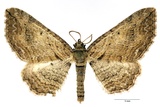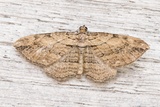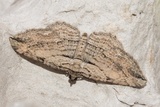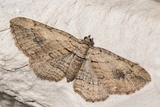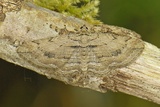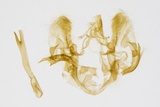Horisme radicaria (de la Harpe, [1855]) Species
Last modified: Nov. 8, 2025, 2:59 p.m.
Probably a rather rare species throughout Belgium, but due to the similarity with Horisme tersata it is insufficiently known.
Since its discovery, the species appears to be surviving well and is more common than previously assumed.
This species is considered Least Concern according to the IUCN Red List category for Flanders 2023.
Details
- Classification
- Family: Geometridae > Subfamily: Larentiinae > Tribus: Melanthiini > Genus: Horisme > Species: Horisme radicaria
- Vernacular names
- Tweelingbosrankspanner (NL), Cryptic Fern (EN), L'Horisme jumeau (FR), Flussauen-Waldrebenspanner (DE)
- First mention in Belgium
- De Prins W. 2016. Catalogus van de Belgische Lepidoptera – Catalogue of the Lepidoptera of Belgium. — Entomobrochure 9: 1–279. On page 176.
- Status
-
Native
Distribution
Imago
Wingspan 25–33 mm.
With worn individuals it's a good idea to check the genitalia because external characteristics are not enough to be sure at species level. Fresh specimens can be identified by the pale brown ground color, with a reddish or warm chocolate brown tinge. Discal spot usually absent. The area between apical streak and costa is often pale ochraceous colored.
Bionomics
It hibernates as pupa in a loose cocoon among debris or in the soil.
They come to light.
Flight periods
The adults fly in two generations a year with a peak during May and August.
Observed on
- Host plant (genera):
- Clematis
The larva feeds mainly on Clematis vitalba.
Habitat
It has a preference to more termophilous habitats than its sibling species Horisme tersata, allthough they often fly together.
